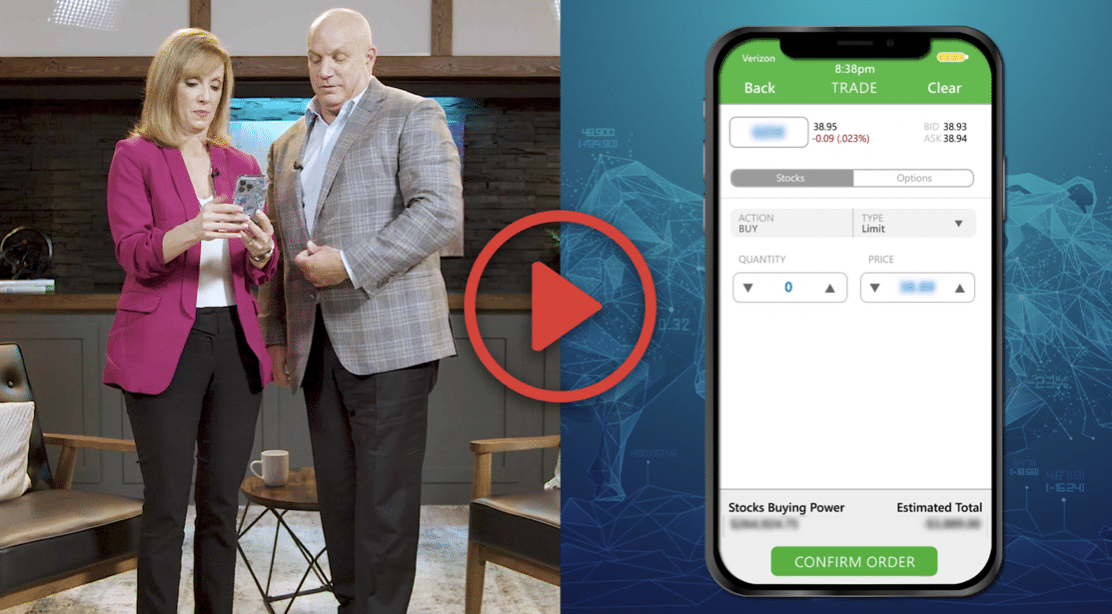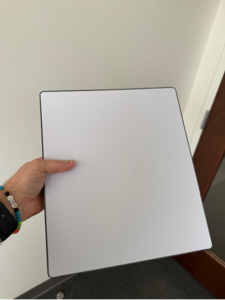Stocks ticked lower to kick off the final session of the holiday-shortened week as investors grappled with fears of an economic downturn fueled by signs of a potentially weakening labor market. This morning’s weekly jobless claim came in higher than expected and showed that the number of available jobs fell below 10 million in February – the lowest in nearly two years, causing investors to question recent market strength.
Challenges for the stock market could arise at any time without warning. Unfortunately, no crystal ball can tell us what the future holds; that’s why it’s essential for investors to educate themselves about the tools available and prepare themselves for any circumstance.
We thought today would be an excellent time to discuss an essential tactic that allows investors to benefit when things get ugly by taking a position opposite a losing market. Many Wall Street pros consider this tactic a more logical alternative to short-selling as it typically carries less risk. It’s an important tool to have in your tool kit in times of heightened volatility. Read on to learn how to put this valuable tactic into play.
Traders who are looking to benefit from sliding stocks often turn to short-selling. The main risk of traditional short-selling is that while profit is capped (a stock can only fall to zero), risk is theoretically unlimited. Of course, other tactics can be used to cover a position at any time, but with a short-selling position, inventors risk receiving margin calls on their trading account if their short position moves against them.
Inverse or “short” ETFs are another option that allows you to profit when a particular investment class declines in value. Some investors use inverse ETFs to profit from market declines, while others use them to hedge their portfolios against falling prices.
Over short periods you can expect that the inverse ETF will perform “the opposite” of the index over short periods, but a disconnect may develop over more extended periods. Inverse ETFs will decline as an asset appreciates over time. Therefore, inverse ETFs are not typically seen as suitable long-term investments. Furthermore, frequent trading often leads to an increase in fund expenses, and some inverse ETFs have expense ratios of 1% or more.
When approached correctly, inverse ETFs can be excellent day-trading candidates and highly effective short-term hedging tools. Several inverse ETFs can be used to profit from declines in broad market indexes, such as the Russell 2000 or the Nasdaq 100. Also, there are inverse ETFs that focus on specific sectors, such as financials, energy, or consumer staples.
With $2.28 billion in assets, the ProShares Short S&P 500 (SH) is the largest inverse fund by value. Commonly used by investors as a hedging vehicle, the fund strives to deliver the inverse performance of the S&P 500 (SPX). If you’re concerned about the stock market falling, this fund that moves in the opposite direction of the largest 500 U.S. corporations is the simplest way to protect yourself. It’s important to note that SH is designed to deliver inverse results over a single trading session, with exposure resetting every month. Investors considering this ETF should understand how that nuance impacts the risk/return profile and realize the potential for “return erosion” in volatile markets. SH should definitely not be found in a long-term, buy-and-hold portfolio. The fund comes along with an expense ratio of 0.9%.
You might also like:
- First Look: AI.Gov coming by July 22nd?
- Google did what!?!?
- Millions of Americans are going to be shocked as soon as June 30th
- Wall Street says BUY GOLD, but…
- VIDEO PROOF of Elon’s crazy new project
- Whitney Tilson Presents: “Amazon Helios”
- Elon’s Greatest Invention… Hidden in South Memphis?
- Controversial White House-backed energy find
- White House to reset Social Security?
- New discovery: 30,000 years of all-American energy?


















